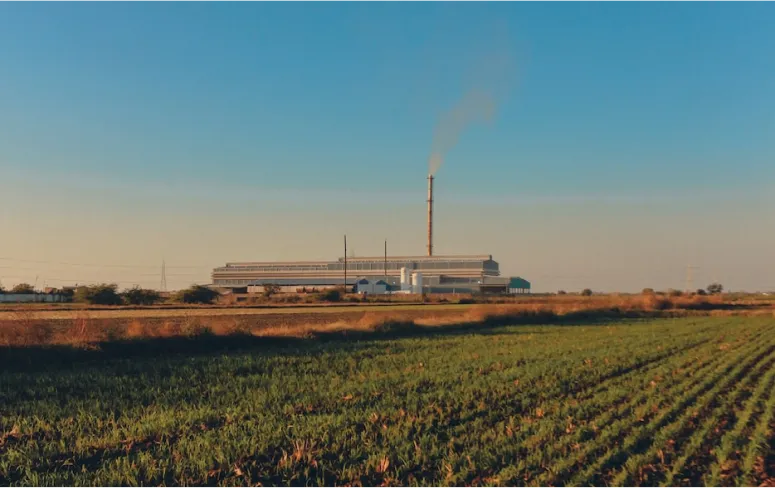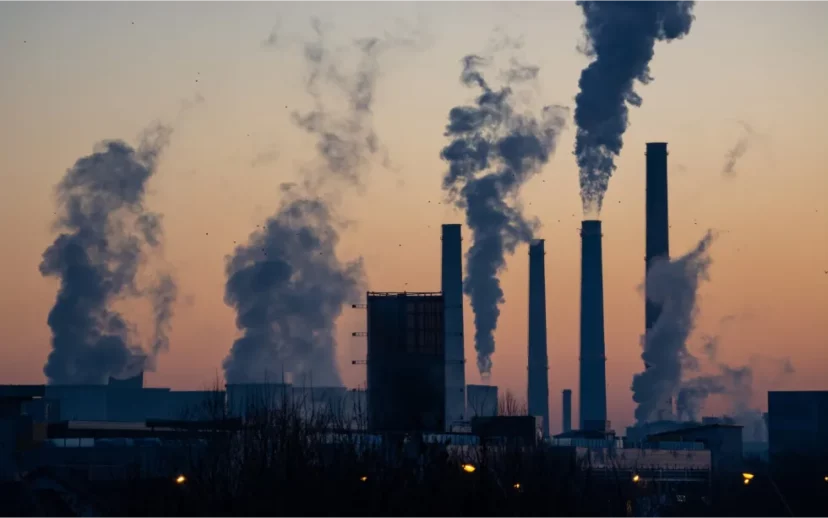Our Innovative Solution for Durable CO2 Storage
About mineral carbonation and Exterra's technology
Mineral carbonation, also known as carbon mineralization, is a natural process which can be recreated in an engineered environment to sequester carbon dioxide captured from industrial facilities or directly from the air or ocean using alkaline materials, such as mineral and industrial wastes rich in calcium and/or magnesium. This process results in the transformation of CO2 into stable calcium or magnesium carbonates which safely locks CO2 away for millennia. Exterra has developed a novel technology capable of performing mineral carbonation at scale with various types of mineral waste while also extracting valuable minerals such as nickel.
Discover the benefits of Mineral Carbonation for the mining industry
Many types of mines have huge, untapped capacity to permanently store CO2 emissions from on-site power generation, downstream pyrometallrugical processing, nearby industry, or even direct air capture. At Exterra, we are at the forefront of enabling mineral waste to contribute to decarbonization and the circular economy without increasing production costs.
Carbon Credits
Exterra's third-party validated carbon accounting methodologies enable engineered carbonation of mineral waste projects to generate trusted and durable carbon credits with major co-benefits.
-

Carbon Removal (CDR)
A differentiated approach for large-scale, high-quality CDR
We develop projects in partnership with biogenic sources of CO2 such as DAC, biomass power generation, renewable natural gas production, and ethanol production. The captured CO2 travels to Exterra’s storage hub where it is transformed into rock. These projects generate high-quality carbon removal credits because they are moving CO2 from the fast carbon cycle (biosphere) to the long carbon cycle (lithosphere).
-

Carbon Reduction (CCUS)
A new pathway for storing CO2 emissions from hard-to-abate industrial processes
Exterra’s technology is also applicable to industrial sources of CO2, such as cement production or steelmaking. Instead of emitting CO2 to the atmosphere, large industrial emitters partner with Exterra to store their CO2 and realize a reduction of their taxable GHG emissions. With rising carbon taxes, Exterra provides a cheaper and greener solution to decarbonize industries in areas where carbon storage is scarce.
-
1
Auditable
CO2-bearing minerals are kept on-site for backfill and site rehabilitation. Our trusted credits are fully auditable.
-
2
Permanent
Carbonates formed lock CO2 for millenia with no reversal risk. No need for costly long-term monitoring.
-
3
Scalable
Process uses mature technology, has low-energy demand, and minimal plant footprint making it highly scalable.
-
4
Co-Benefits
Environmental risks from waste are reduced, projects have negative land footprint, and extracted byproducts contribute to the circular economy.